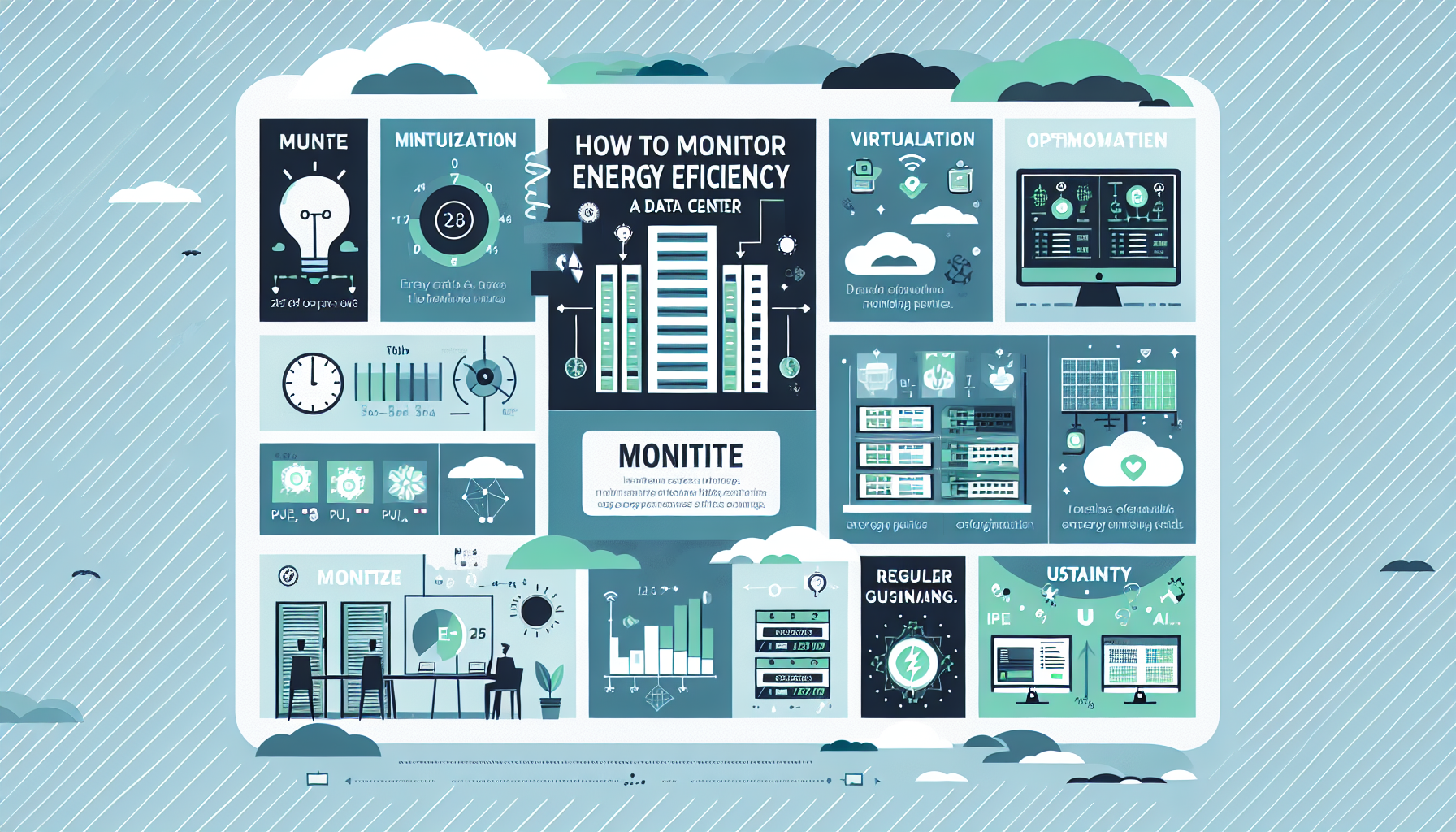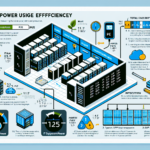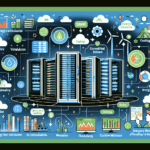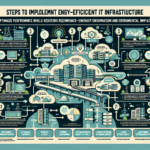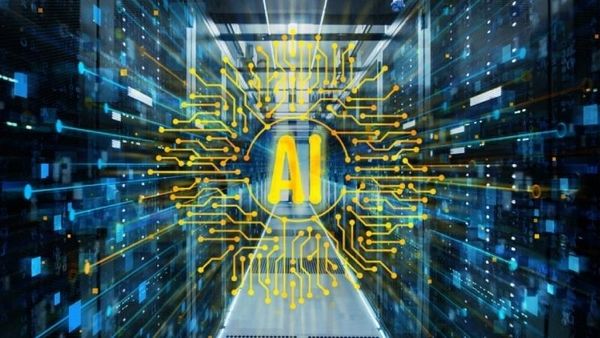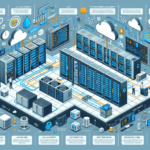Monitoring energy efficiency in a data center is critical for cost management, sustainability, and maintaining an optimal IT infrastructure. Here are some best practices and tools for effectively monitoring energy efficiency:
1. Utilize Power Usage Effectiveness (PUE)
PUE is the standard metric for measuring data center energy efficiency. It is calculated as:
– PUE = Total Facility Energy / IT Equipment Energy
– A PUE of 1.0 is ideal, but most data centers operate in the range of 1.2–2.0.
Action Items:
– Install energy meters to track total facility energy consumption (including cooling, lighting, and power distribution).
– Measure IT equipment energy usage separately (e.g., servers, storage, network devices).
2. Real-Time Monitoring Tools
Deploy tools and software to monitor energy usage across the data center in real time.
Recommended Tools:
– DCIM (Data Center Infrastructure Management) Tools: Such as Schneider Electric EcoStruxure, Vertiv Trellis, or Nlyte.
– IoT Sensors: Use IoT-enabled devices to monitor temperature, humidity, and energy consumption at a granular level.
– Server Monitoring Tools: Tools like Prometheus, Grafana, or Zabbix to monitor resource usage and thermal metrics.
3. Temperature and Cooling Optimization
Cooling systems can consume up to 40% of a data center’s energy. Optimizing cooling is key to improving efficiency.
Strategies:
– Use hot aisle/cold aisle containment to improve airflow.
– Deploy liquid cooling for high-density server racks or GPU-intensive workloads.
– Monitor temperature and humidity using ASHRAE-recommended guidelines to avoid overcooling.
– Implement adaptive cooling with AI-powered systems (e.g., Google’s DeepMind AI has been used to reduce cooling energy consumption by 40%).
4. Use Energy-Efficient Hardware
Steps:
– Consolidate workloads using virtualization (VMware, Hyper-V) or containerization (Kubernetes).
– Upgrade to energy-efficient servers, GPUs (e.g., NVIDIA A100, H100 for AI workloads), and storage devices.
– Use SSDs instead of HDDs where possible, as SSDs consume less power.
– Ensure hardware is compliant with ENERGY STAR or other efficiency standards.
5. Virtualization and Workload Optimization
- Consolidate servers using virtualization platforms (e.g., VMware, Hyper-V, or Proxmox) to reduce physical hardware.
- Use Kubernetes or other container orchestration tools to maximize server utilization and reduce idle power draw.
- Schedule workloads to run during cooler times of the day or move workloads dynamically between regions with lower energy costs.
6. Renewable Energy Integration
- Monitor how much of your energy is sourced from renewable sources (e.g., solar, wind, hydro).
- Partner with green energy providers or consider on-site renewable energy installations like solar panels.
7. Benchmarking and Reporting
- Regularly benchmark your data center’s energy performance against industry standards.
- Generate reports for PUE, energy consumption trends, and carbon footprint using tools like Microsoft Power BI or Grafana.
8. AI and Machine Learning for Optimization
- Deploy AI/ML systems to analyze energy usage patterns and recommend optimizations for workloads, cooling, and power distribution.
- Example: Google’s AI-powered energy management reduced their PUE by using predictive analysis.
9. Conduct Regular Audits
- Perform energy audits to identify inefficiencies in power delivery, cooling, and workload placement.
- Use third-party consultants or tools like ENERGY STAR Portfolio Manager for assessments.
10. Metrics to Monitor
- Total Power Consumption: Track how much power is consumed by the entire facility.
- Server Utilization Rates: Ensure servers are not underutilized.
- Cooling Efficiency Metrics: Monitor CRAC (Computer Room Air Conditioning) units or liquid cooling efficiency.
- Carbon Emissions: Track the environmental impact of your energy usage.
11. Implement Predictive Maintenance
- Use monitoring tools to identify equipment (e.g., UPS, cooling systems, servers) that may be consuming more energy than expected due to wear and tear.
- Replace or service inefficient components proactively.
12. Employee Awareness and Training
- Educate your team on the importance of energy efficiency.
- Encourage best practices, such as shutting down unused equipment or scheduling backups/off-peak jobs.
By combining these strategies and tools, you can monitor and improve energy efficiency in your data center while reducing costs and environmental impact. Let me know if you need assistance with specific tools or implementation!
